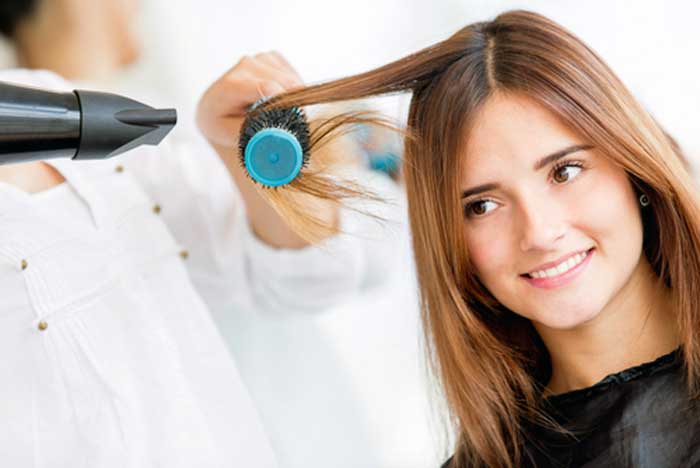Curly hair can be a striking feature that adds a dynamic flair to one's appearance. While some individuals are fortunate enough to have naturally curly hair, many others must learn the techniques and practices necessary to achieve those coveted curls. Understanding the nuances of curling hair can help anyone attain luscious, bouncy curls. Here is a comprehensive guide to mastering the art of curling hair, tailored for those interested in wellness, fitness, health, beauty, and salon practices, as well as industry trends.
The first crucial step in curling hair is to reconsider the use of conditioner during the washing process. It is well-known that unwashed, slightly messy hair can often hold a style better than freshly washed hair. Conditioners, while great for moisturizing and smoothing hair, can impede the formation of curls by retaining moisture in the hair shafts. Therefore, it is recommended to wash hair without conditioner when planning to curl it. This preparation ensures that the hair is primed for styling and can hold the curls more effectively.
Choosing the right curling rod is another critical aspect. There is no one-size-fits-all curling rod, as different hair types require different sizes and heat settings. It is essential to experiment with various curling irons to find the one that best suits your hair's texture and desired curl type. Be mindful of the potential damage that curling irons can inflict due to heat exposure. Interestingly, some people find that flat curling rods can sometimes produce better results than the more traditional cylindrical ones, offering a unique alternative for achieving curls.
Once the curling process begins, it is advisable to clip the curls as they are created. After curling a section of hair, gently brush it to smooth out the ends and then clip the curl in place. This technique allows the curls to set and cool down, which helps in maintaining their shape for a longer period. Clipping each curl individually may seem time-consuming, but it is a crucial step in ensuring that the curls are well-defined and long-lasting.
There are also several important practices to avoid when curling hair. Using salty water to wash hair is detrimental, as it can lead to dryness and damage. Similarly, detoxifying hair with heavy chemicals is not recommended; a regular shampoo suffices to clean the hair without stripping it of essential oils. Additionally, it is imperative never to curl hair when it is damp or even slightly wet. Curling damp hair can cause the strands to singe and suffer severe damage from the heat. Ensuring that hair is completely dry before applying heat is a fundamental rule for protecting hair health during the curling process.
Understanding these techniques and precautions can significantly enhance the quality of curls, making them more vibrant and resilient. For those interested in the broader context of wellness, fitness, health, beauty, spa, salon business, and industry statistics, mastering the art of curling hair adds a valuable skill to their repertoire. Whether preparing for a special occasion or simply enhancing everyday appearance, these insights provide a solid foundation for achieving beautiful, healthy curls.
In the evolving landscape of beauty and wellness, staying informed about the latest trends and practices is essential. The techniques for curling hair are no exception. By adapting these methods, individuals can ensure they are using the best practices to maintain hair health while achieving their desired look. The key is to blend traditional wisdom with modern advancements, creating a balanced approach to hair care.
Professionals in the salon industry can benefit from these insights by offering clients tailored advice and services that cater to their specific hair types and styling needs. Understanding the individual preferences and hair characteristics of clients can help in providing personalized solutions that enhance client satisfaction and loyalty.
Moreover, keeping abreast of industry statistics and market trends can inform better business decisions for salon owners and beauty professionals. Knowing what products and techniques are currently in demand allows for strategic planning and investment, ensuring that services remain relevant and competitive.
For those deeply invested in the beauty and wellness sectors, the art of curling hair represents more than just a styling technique; it is a reflection of broader trends in personal care and aesthetics. By mastering these practices, individuals and professionals alike can contribute to a culture that values both beauty and health, fostering an environment where clients feel confident and well-cared-for.
In conclusion, curling hair is an art that requires a thoughtful approach and an understanding of the underlying principles that affect hair health and styling efficacy. By following the recommended practices and avoiding common pitfalls, anyone can achieve beautiful, lasting curls. This comprehensive guide provides a foundation for those seeking to enhance their beauty regimen, whether for personal satisfaction or professional expertise. As the beauty and wellness industries continue to evolve, staying informed and adaptable will remain key to success and client satisfaction.

